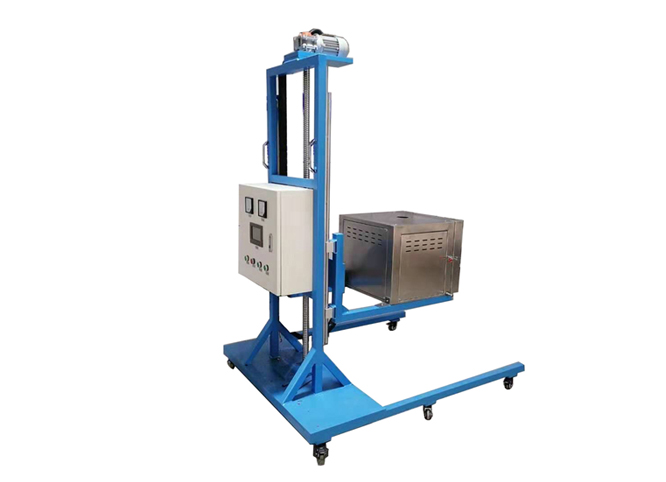Product Description:
The High-Temperature Vibration Calibration Furnace utilizes resistance wire, silicon carbide rods, or silicon molybdenum rods as heating elements. It features a double-shell structure and a temperature control system, with silicon controlled rectification (SCR) for control. The furnace chamber is constructed with alumina poly-crystalline fiber material, and the double-shell design, along with microcomputer control, enables rapid heating and cooling. The high level of automation ensures that various indicators meet advanced standards.
Main Applications and Scope:
This furnace is suitable for high-temperature sintering, metal annealing, material ashing, and quality testing in universities, research institutes, and industrial and mining enterprises. It is also applicable for production and experimentation in electronics, pharmaceuticals, and special materials.
Main Functions and Features:
1. The heating element employs resistance wire, and the furnace chamber is made of alumina polycrystalline fiber material, which offers excellent thermal insulation, durability, and high tensile strength, significantly extending the service life.
2. The furnace chamber design is durable and resistant to collapse.
3. Through our software, it can be connected to a computer for remote control, real-time tracking, historical recording, and report generation of single or multiple furnaces. It also supports the installation of a paperless recording device for data storage and output.
4. It features over-temperature alarm with power-off protection, leakage protection, and easy operation.
5. The temperature control range is wide, utilizing PID control and microcomputer control. It offers a 30-segment programmable temperature control curve, allowing for unattended operation (automatic heating, cooling, and maintaining temperature).
Technical Parameter:
1. The furnace frame is 500mm away from the ground
2. The open floor area is 1000mm*1000mm
3. The bottom of the furnace frame is equipped with locking wheels, allowing for movement on a horizontal surface.
4. An electric lifting mechanism is installed in the vertical direction of the furnace frame, enabling adjustable heights of the furnace body within the range of 500mm to 1000mm.
5. The electric lifting mechanism is equipped with a control module, and the panel is simplified with two buttons for "up" and "down" control.
6. The electric lifting mechanism is equipped with upper and the lower limit switches to prevent the high-temperature furnace from exceeding its travel range.
7. Mounting holes are reserved on the top of the support frame for the installation of optical components on the top of the high-temperature furnace in the future.
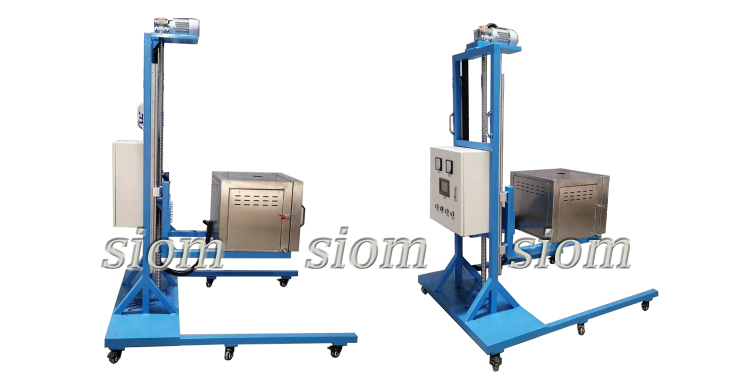
Experimental Furnace from Shanghai Institute of Optics and Fine Mechanics, Chinese Academy of Sciences - Quality Advantages:
The XL series high-temperature box furnace offers three heating methods: resistance wire, silicon carbide rod, and silicon molybdenum rod, depending on the required operating temperature. The equipment boasts high temperature control accuracy, uniform temperature distribution, easy operation, fast heating, and energy efficiency, making it an ideal choice for high-temperature sintering, material annealing, quality testing, and other heat treatment processes in research institutions, universities, and industrial and mining enterprises.
1. Furnace Shell And Chamber
The furnace shell is constructed with double-layer Q235 carbon steel plates, treated with rust-resistant and high-temperature-resistant paint. A double-layer air-cooled structure is employed between the furnace shells, and parts exposed to high temperatures, such as near the furnace door, are made of stainless steel. Protective covers for heat dissipation and diversion are added to both sides of the furnace body to ensure a low surface temperature of the furnace shell.
High-purity alumina poly-crystalline fibers are used, which do not produce slag or powder, ensuring uniform temperature distribution and excellent thermal insulation performance, resulting in significant energy savings.
2. Electrical Components And Temperature Control
① All electronic components are sourced from Delixi, and the silicon-controlled rectifiers are imported from Germany.
② Temperature control mode: A 30-segment programmable temperature control with intelligent PID adjustment is adopted, featuring fuzzy control and self-tuning functionality for automatic temperature rise and fall without the need for manual monitoring. A new AI-based intelligent logic PID algorithm is used for precise temperature control in industrial and research applications.
③ Data display: A digital display instrument provides clear and accurate real-time data. (Optionally, a smart touchscreen instrument or paperless recorder can be provided to display the heating curve in real-time and store/export data.)
④ Heating elements: Fast heating, low energy consumption, advanced technology, and durability.
⑤ Temperature control protection:
1)The main circuit uses solid-state relays for excellent insulation and transmission properties.
2)Temperature control protection includes over-temperature protection, thermocouple breakage protection, and leakage protection, ensuring reliable equipment operation.
⑥ Temperature control and detection are entirely conducted using single platinum-rhodium thermocouples (Type S) for temperatures up to 1500°C.
3. Research Team
Senior engineers, masters, and doctors from the Shanghai Institute of Optics and Fine Mechanics, Chinese Academy of Sciences can assist your company or research institute in selecting the appropriate experimental furnace and provide customized high-temperature furnace design solutions.

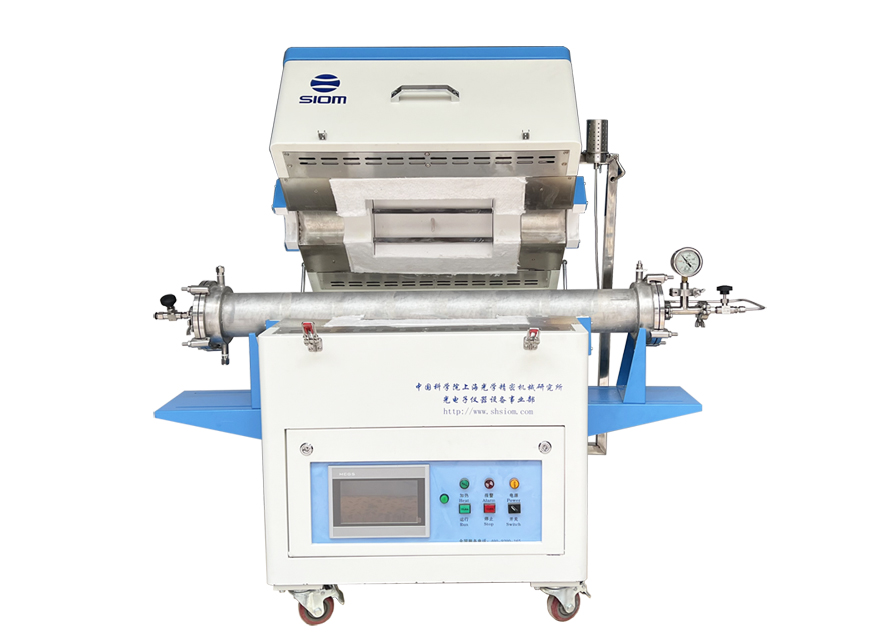 GL Tube-Type Furnace
GL Tube-Type Furnace
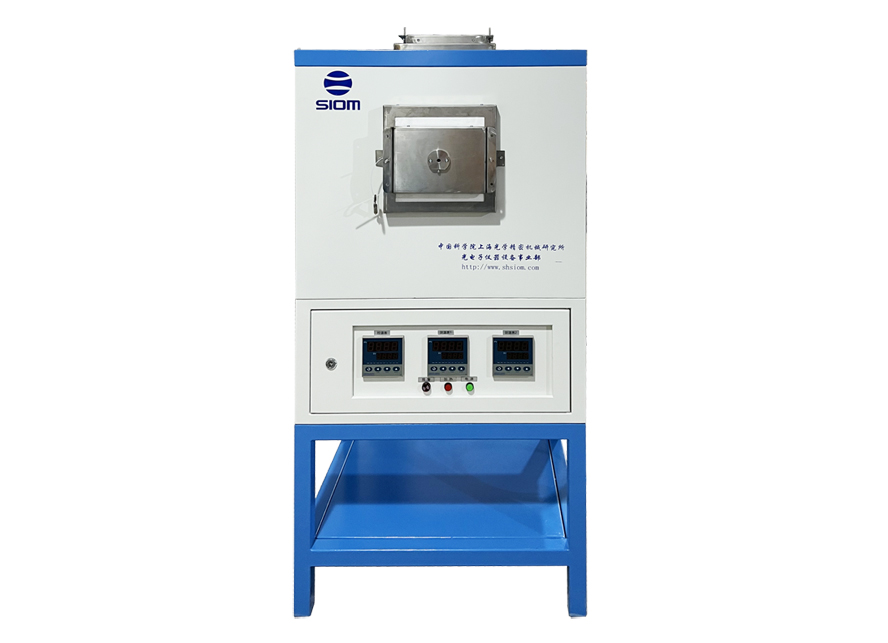 XL Box-Type Furnace
XL Box-Type Furnace
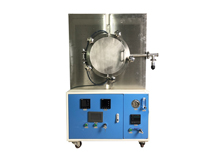 XQL Atmosphere Furnaces
XQL Atmosphere Furnaces
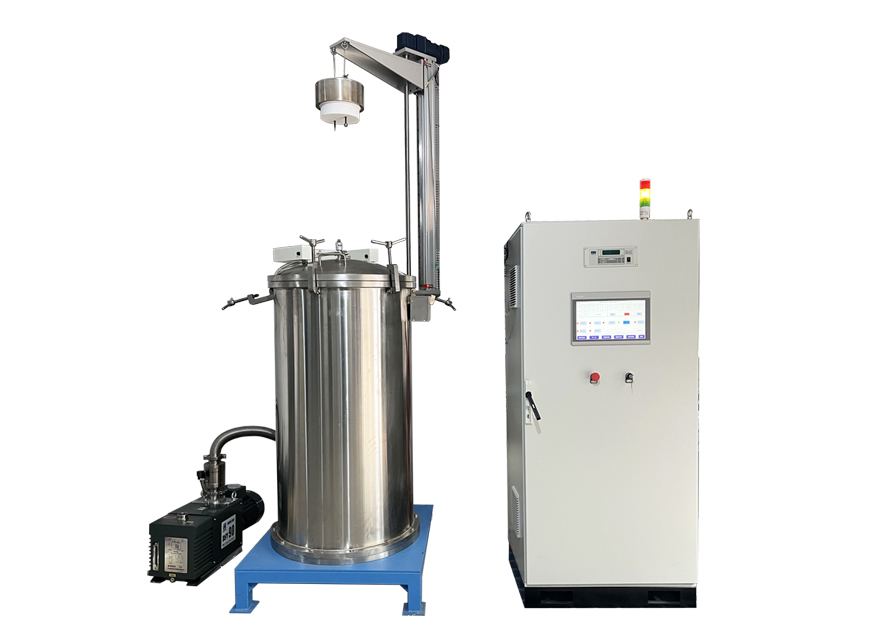 JSL Pit-Type Furnace
JSL Pit-Type Furnace
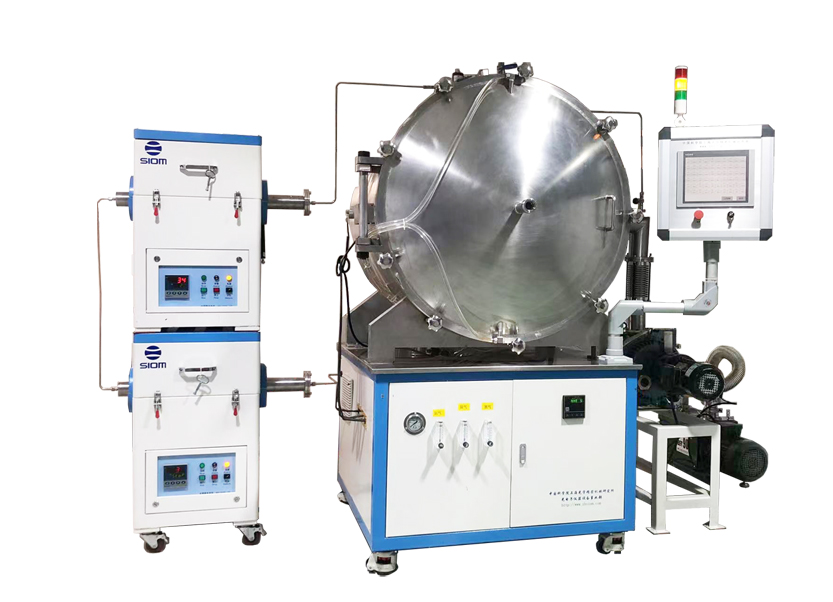 SJ Sintering Furnace
SJ Sintering Furnace
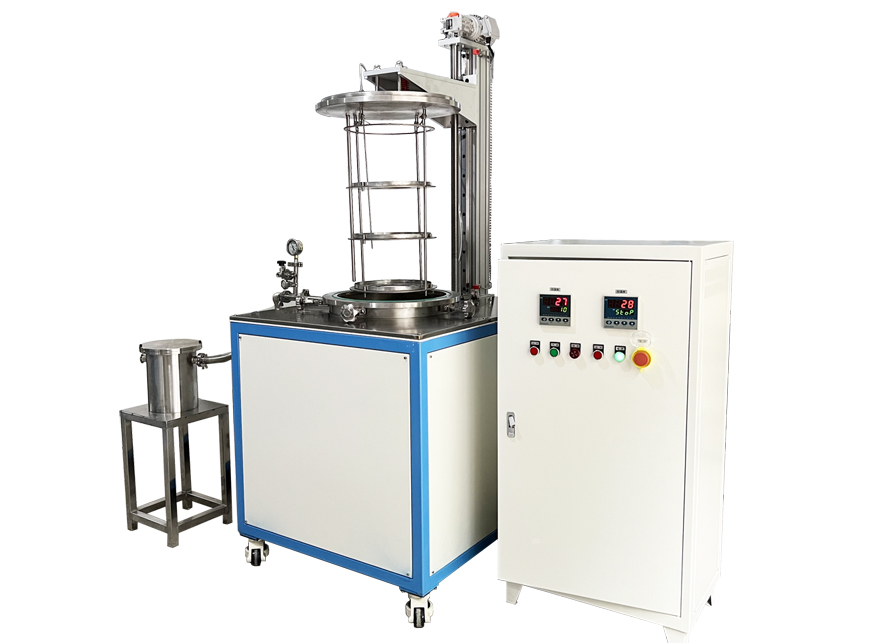 SJL Elevator Type Furnace
SJL Elevator Type Furnace
